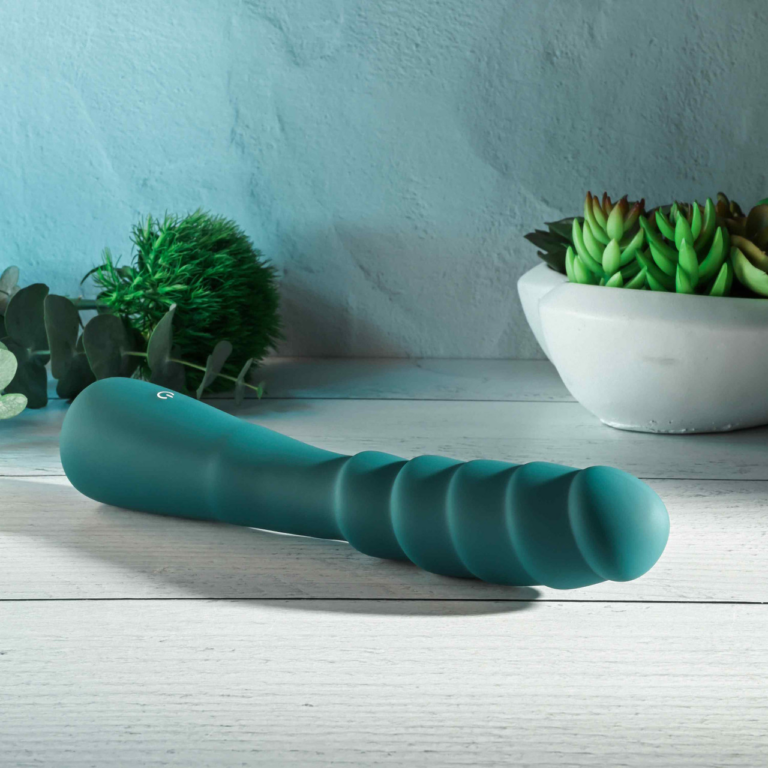
Hello, curious minds! Today, we’re diving into the rich and surprising history of vibrators. These delightful devices have come a long way from their ancient origins to the sleek, powerful gadgets we enjoy today. Let’s take a journey through time and explore how vibrators have evolved over the centuries.
Ancient Beginnings
Believe it or not, the concept of using tools for sexual pleasure dates back to ancient civilizations. While they didn’t have the technology we have today, people were creative in their quest for satisfaction.
- Egypt and Greece: In ancient Egypt and Greece, women used stone and wooden dildos. These early sex toys were often depicted in art and literature, reflecting their place in society.
- Asian Cultures: Ancient Asian cultures, particularly in China and Japan, also had their own versions of early sex toys, often made from jade or other precious materials.
The Victorian Era: Vibrators as Medical Devices
The Victorian era saw a significant shift in the perception and use of vibrators. During this time, they were primarily used as medical devices to treat “hysteria” in women – a catch-all diagnosis for a variety of symptoms ranging from anxiety to sexual frustration.
- Dr. Joseph Mortimer Granville: In the late 19th century, Dr. Granville invented the first electro-mechanical vibrator, known as the “Granville’s Hammer,” to relieve muscle pain. It didn’t take long for its pleasurable side effects to be discovered.
- Medical Treatment: Doctors used vibrators to induce “hysterical paroxysm” (orgasm) as a treatment for hysteria, which was believed to reset a woman’s nervous system.
The Early 20th Century: Household Appliances
By the early 20th century, vibrators had made their way into the mainstream as household appliances. Advertised as massagers for various ailments, they were marketed in women’s magazines and sold in department stores.
- Advertisements: Early ads often touted vibrators as cures for ailments like headaches, insomnia, and general fatigue, masking their true purpose.
- Popularity: Vibrators became popular household items, with many women enjoying their dual benefits.
The 1960s and 70s: Sexual Revolution
The sexual revolution of the 1960s and 70s brought vibrators out of the shadows and into the spotlight. This era marked a significant shift towards sexual liberation and openness.
- Betty Dodson: Feminist and sex educator Betty Dodson was a key figure in promoting the use of vibrators for women’s sexual pleasure and empowerment.
- Increased Visibility: Vibrators became more openly discussed and accepted as tools for sexual pleasure, not just medical devices.
The 1980s and 90s: Technological Advances
With the advent of new technologies, the 1980s and 90s saw significant improvements in vibrator design and functionality. These decades brought more sophisticated and varied options to the market.
- Silicone and Waterproof Designs: The introduction of silicone vibrators and waterproof models expanded the range of safe and versatile options available.
- Rechargeable Batteries: Rechargeable vibrators became more common, offering more power and convenience.
The 21st Century: Modern Innovations
Today, vibrators are more advanced than ever, with a focus on both aesthetics and functionality. The market is filled with high-tech, stylish, and customizable options to suit every preference.
- App-Controlled Vibrators: Modern vibrators can be controlled via smartphone apps, allowing for remote play and personalized settings.
- Sophisticated Designs: Vibrators now come in sleek, discreet designs with multiple settings and features for tailored pleasure.
- Inclusivity and Diversity: The industry has become more inclusive, offering products designed for people of all genders and orientations.
A Celebration of Pleasure
The history of vibrators is a testament to human creativity and the enduring quest for pleasure. From ancient stone dildos to high-tech, app-controlled marvels, these devices have evolved to become essential tools for sexual wellness and exploration.
FAQs
Q1: Who invented the first electro-mechanical vibrator?
A1: Dr. Joseph Mortimer Granville invented the first electro-mechanical vibrator, known as “Granville’s Hammer,” in the late 19th century.
Q2: How were vibrators used in the Victorian era?
A2: During the Victorian era, vibrators were used as medical devices to treat “hysteria” in women by inducing “hysterical paroxysm” (orgasm).
Q3: When did vibrators become popular as household appliances?
A3: By the early 20th century, vibrators were marketed as household appliances and advertised as massagers for various ailments in women’s magazines.
Q4: How did the sexual revolution impact the use of vibrators?
A4: The sexual revolution of the 1960s and 70s brought vibrators into the spotlight, promoting their use for sexual pleasure and empowering women to explore their sexuality.
Q5: What modern innovations are available in vibrators today?
A5: Modern vibrators feature app control, sophisticated designs, multiple settings, and inclusivity for all genders and orientations.
